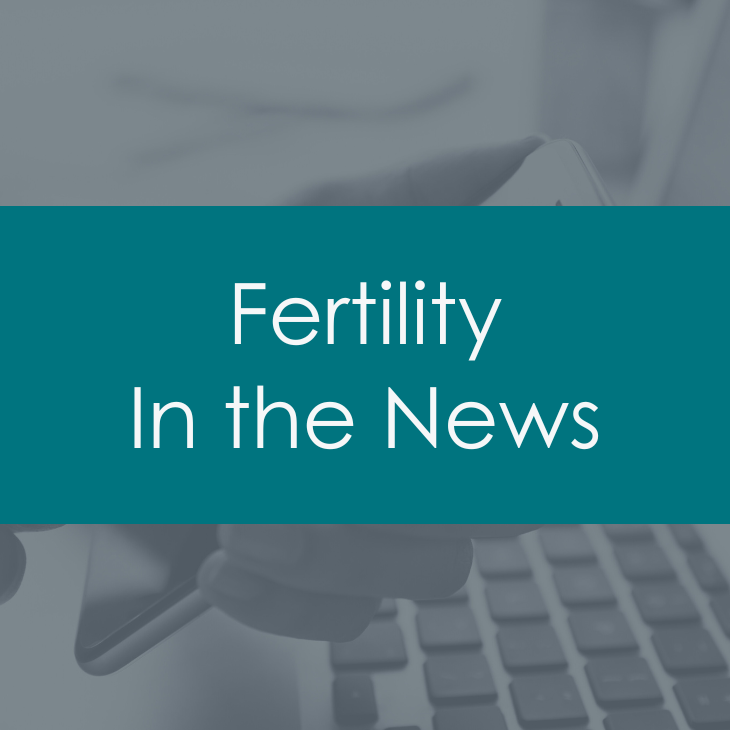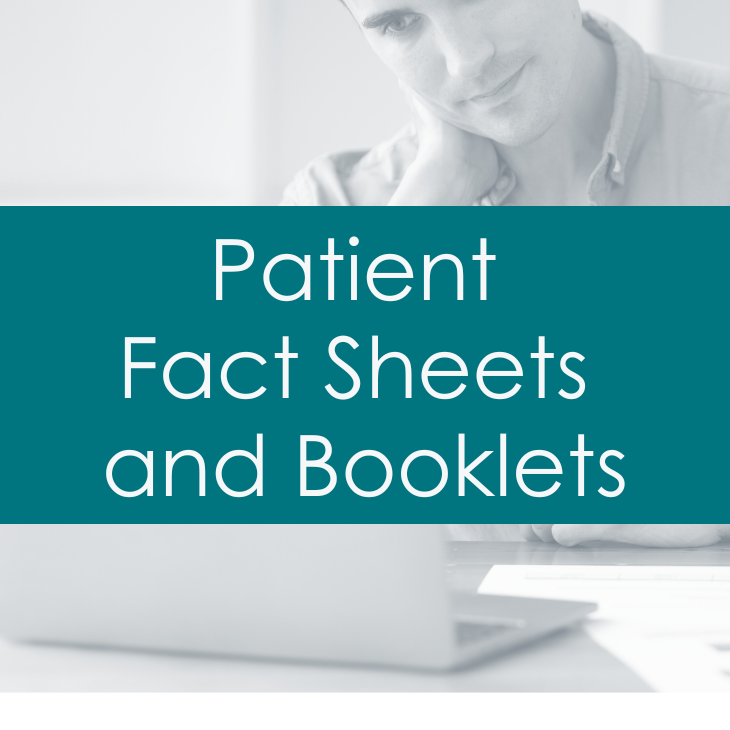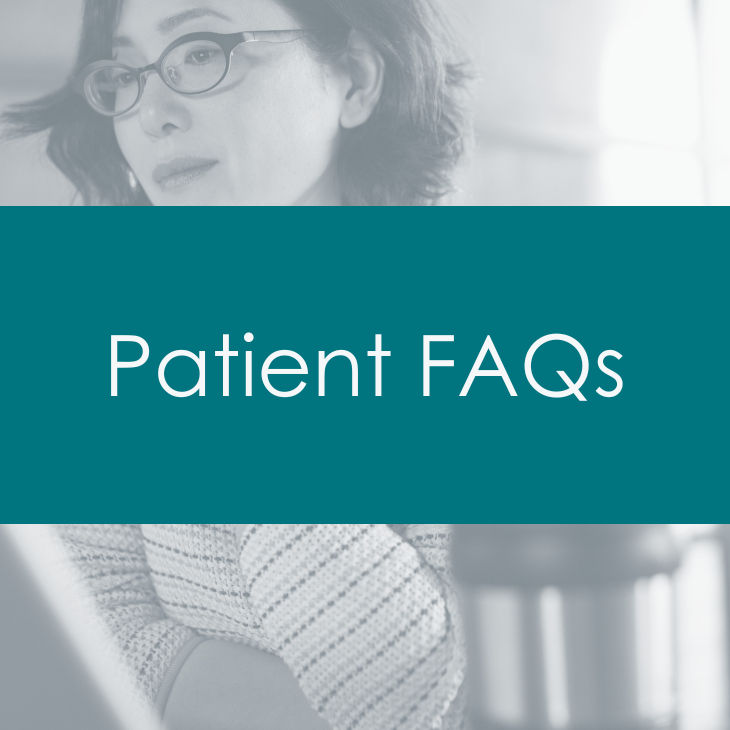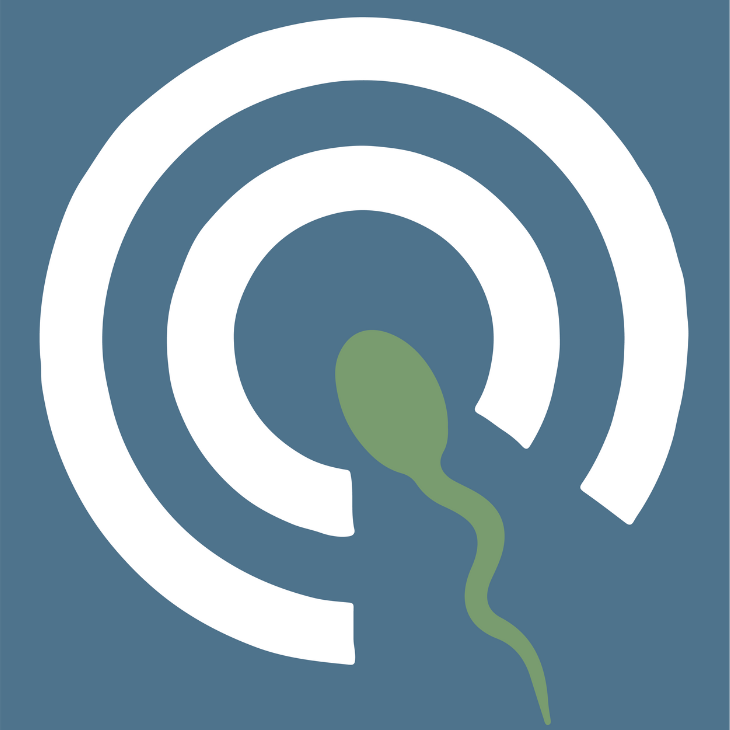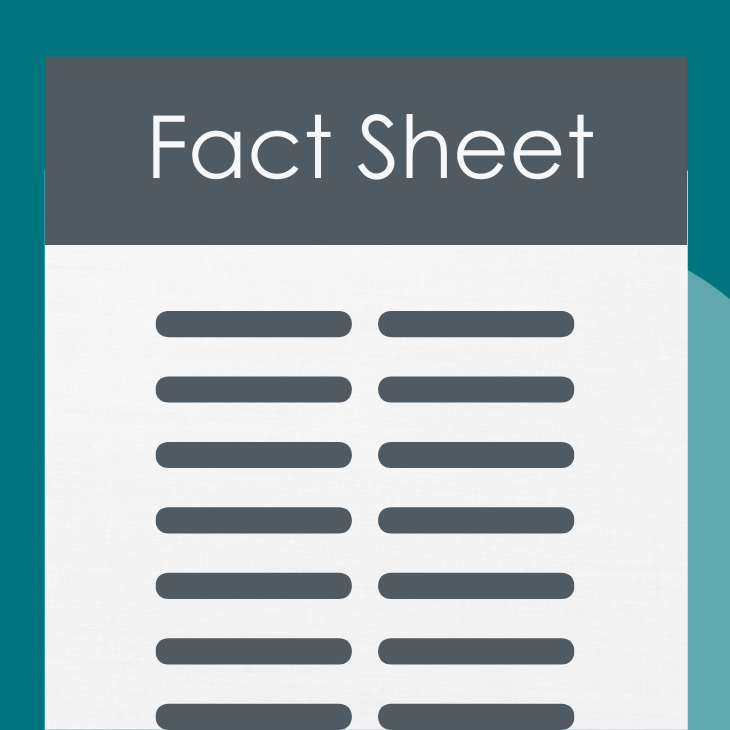
Endometriosis: Does It Cause Infertility?
Download a PDF of this document
What is endometriosis?
Endometriosis is when tissue is found outside the uterus that appears similar to the lining of the uterus (endometrium). Endometriosis may grow on the outside of your uterus, ovaries, and tubes and even on your bladder or intestines. This tissue can irritate the structures that it touches, causing pain and adhesions (scar tissue) on these organs.How can I tell if I have endometriosis?
Many women with endometriosis have pelvic or abdominal pain, particularly with their menstrual bleeding or with sex. Some women have no symptoms. Endometriosis can make it difficult to become pregnant. In fact, 30% to 50% of infertile women have endometriosis. Sometimes, endometriosis can grow inside your ovary and form a cyst (endometrioma). This usually can be seen on ultrasound, unlike other endometriotic tissue. The only way to tell for certain if you have endometriosis is through a surgical procedure called laparoscopy.Does endometriosis cause infertility?
If you have endometriosis, it may be more difficult for you to become pregnant. Up to 30% to 50% of women with endometriosis may experience infertility. Endometriosis can influence fertility in several ways: distorted anatomy of the pelvis, adhesions, scarred fallopian tubes, inflammation of the pelvic structures, altered immune system functioning, changes in the hormonal environment of the eggs, impaired implantation of a pregnancy, and altered egg quality.At the time of surgery, your doctor may evaluate the amount, location, and depth of endometriosis and give you a “score.” This score determines whether your endometriosis is considered minimal (Stage 1), mild (Stage 2), moderate (Stage 3), or severe (Stage 4). This scoring system correlates with pregnancy success. Women with severe (Stage 4) endometriosis, which causes considerable scarring, blocked fallopian tubes, and damaged ovaries, experience the most difficulty becoming pregnant and often require advanced fertility treatment.
How is endometriosis treated?
Endometriosis needs the female hormone estrogen to develop and grow. Birth control pills and other drugs that lower or block estrogen can be effective in improving pain symptoms. For patients who wish to become pregnant, medical therapy may be considered prior to attempts at conception, but this treatment usually does not improve pregnancy rates.If endometriosis is seen at the time of surgery, your doctor will surgically destroy or remove the endometriosis and remove the scar tissue. This treatment will restore your normal anatomy and will allow your reproductive organs to function more normally. Your chances of becoming pregnant are improved after surgical treatment, especially if your endometriosis is in the moderate or severe range. The combination of surgical and medical therapy may be beneficial in patients attempting to conceive through in vitro fertilization (IVF). Overall, treatment is highly individualized for each patient.
Fact Sheets/Booklets
View more fact sheets and booklets written by the ASRM Patient Education Committee.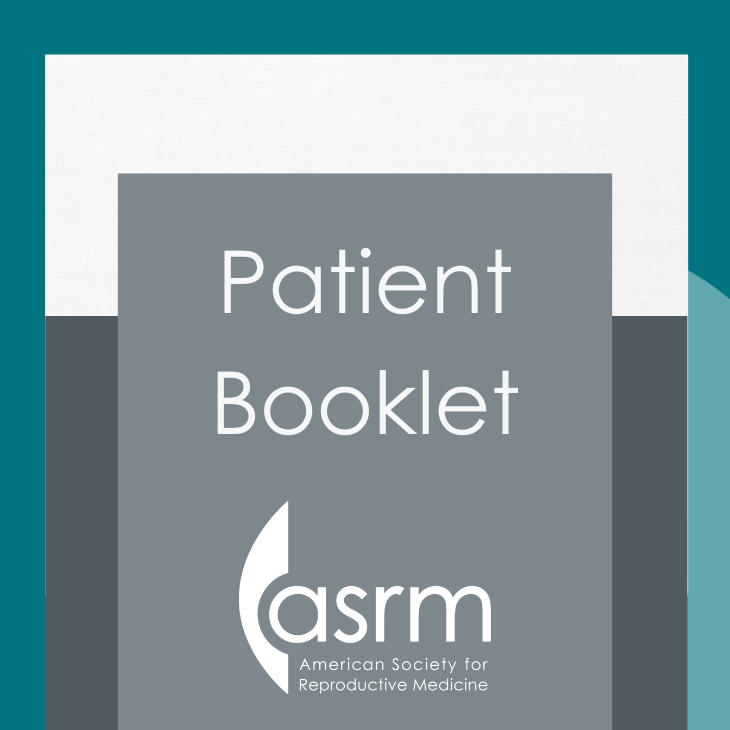
Assisted Reproductive Technologies (booklet)
This booklet will help you understand in vitro fertilization (IVF) and other assisted reproductive technology (ART) that have become accepted medical treatments for infertility.
Hormonal Contraception
Hormonal contraceptives contain a progestin (progesterone medicine) with or without an estrogen.
What do I need to know about Zika virus and trying to have a baby?
Common symptoms include fever, rash, joint pain, conjunctivitis (red eyes), muscle pain, and headache.
Third-Party Reproduction
The phrase “third-party reproduction” refers to involving someone other than the individual or couple that plans to raise the child (intended parent[s]) in the process of reproduction.Endometriosis
Find a Health Professional
Connect with reproductive medicine experts who will guide you through your unique journey. Our search tool allows personalized matches based on location, specialization, and expertise. Take control of your reproductive health with compassionate providers, innovative treatments, and unwavering support.
Search for an Expert

